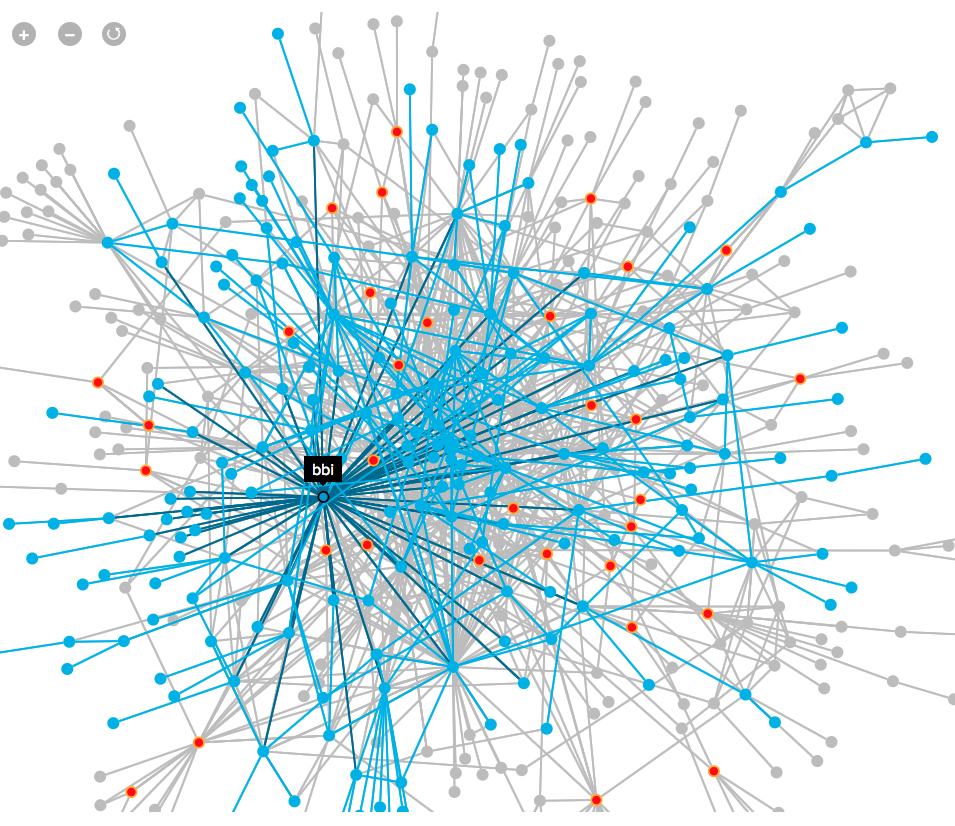Measuring in a Dynamic (social) World
One of my favorite conferences has easily become Big Boulder (#BigBoulder) put on by the awesome crew from Gnip (now part of Twitter). It is two days of action packed, but diverse sessions by some of the brightest people in the social data industry who are continuing to try to solve some very complex problems. One of best aspects of the conference is that it is small by design with folks coming from the Social platforms (like Twitter and Tumblr), practitioners from global brands (Coke, Dell, IBM and Nordstrom), Listening & Monitoring vendors, academia & research, and pretty much everything in between. The walls that are normally divided, come down for two days of sharing, collaborating, networking and actually being social in person. Also, being in Boulder for business (or as my kids would say, “for business” with air quotes) in early June is also a huge plus. As the industry continues to mature, the issues and needs are not only getting more complex, but the number of brands and organizations that want to push the boundaries beyond what they have been doing for the last few years is increasing at an incredible rate. This is most applicable in the area of social measurement. Basic metrics like Mentions, Followers, Likes, Retweets and Impressions are no longer acceptable to drive to the business objectives of brands. Brands are getting more comfortable to looking at data in ways they have not even necessarily thought about. As an example, Justin De Graff, Global Social Analytics Lead at Coca-Cola stated "We're really good at creating reports. Hey nice report, it says 7, what does it mean?"
As this blog post title suggests, social is very dynamic. The conversations and the people contributing to those conversations are constantly shifting. A specific event (like the World Cup) will certainly impact the increase in volume of conversations, but they also increase the amount of noise of content and people just broadcasting without ever really being an engaged participant in that community. How do brands focus the endless battle of limited resources while still trying to understand what is really being said by the consumer and who those people are that they should be engaging with?
Brands and organizations should take a long-term approach to this problem with a continuous process of research, analyzing and adjusting. In more detail, the process goes like this:
Discovery: Start by identifying the conversation(s) you want to better understand. This could be based on a broad topic such as “coffee”, a specific brand (your brand or a competitor) or even a hashtag (like #bigboulder).
Research: Identify themes in consumer conversation and who the people who have the ability to drive how that content is spread in that community over time. This will allow you to better inform your strategy and marketing initiatives/campaigns.
Measure & Analyze: There is certainly no shortage of data points in social that an organization can measure. However many are relatively simple counts from historic data that are not very actionable and do not take into account how quickly conversations change. Lets take a look at some ways which brands can
* Content: Understand how the consumer conversations change over time. What is closely associated with a core conversation today, might be completely different a month, 3 months or 6 months from now. How you talk and engage with consumers should align to what and how they are currently talking about.
* Brand Perception: Examining contextual insights, how is your brand (or a competitor's brand) perceived from the larger collective consciousness of any given topic or conversation?
* Share of Voice: Is your brand mentioned as part of the overall topic conversation?
* Word of Mouth vs. Broadcast: Of that Share of Voice, how much of that is Word of Mouth (i.e. interaction and engagement) versus broadcast (people not interacting)? If there is a high percentage of broadcast, this may be a very casual conversation or too broad of a topic.
* Influencers: Track how influencers emerge and decline within a community. If you have an Influencer engagement strategy, are you talking to the right people at the right time?
* Community Growth: How does the community in which people are actively engaged in around a specific conversation or topic change over time? While many people are talking about soccer (or football) during the World Cup, that does not necessarily mean that the community is
The above is a small sample derived from dynamic social data that brands can and should be measuring. Be on the lookout for more detailed blog posts around social measurement. In the meantime, lets continue the conversation on Twitter - @katzpdx and @tellagence.


